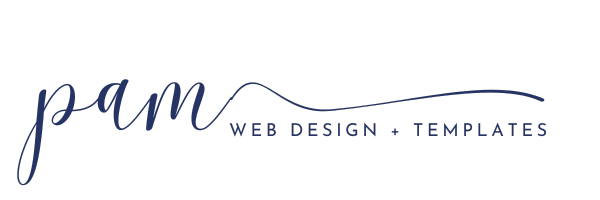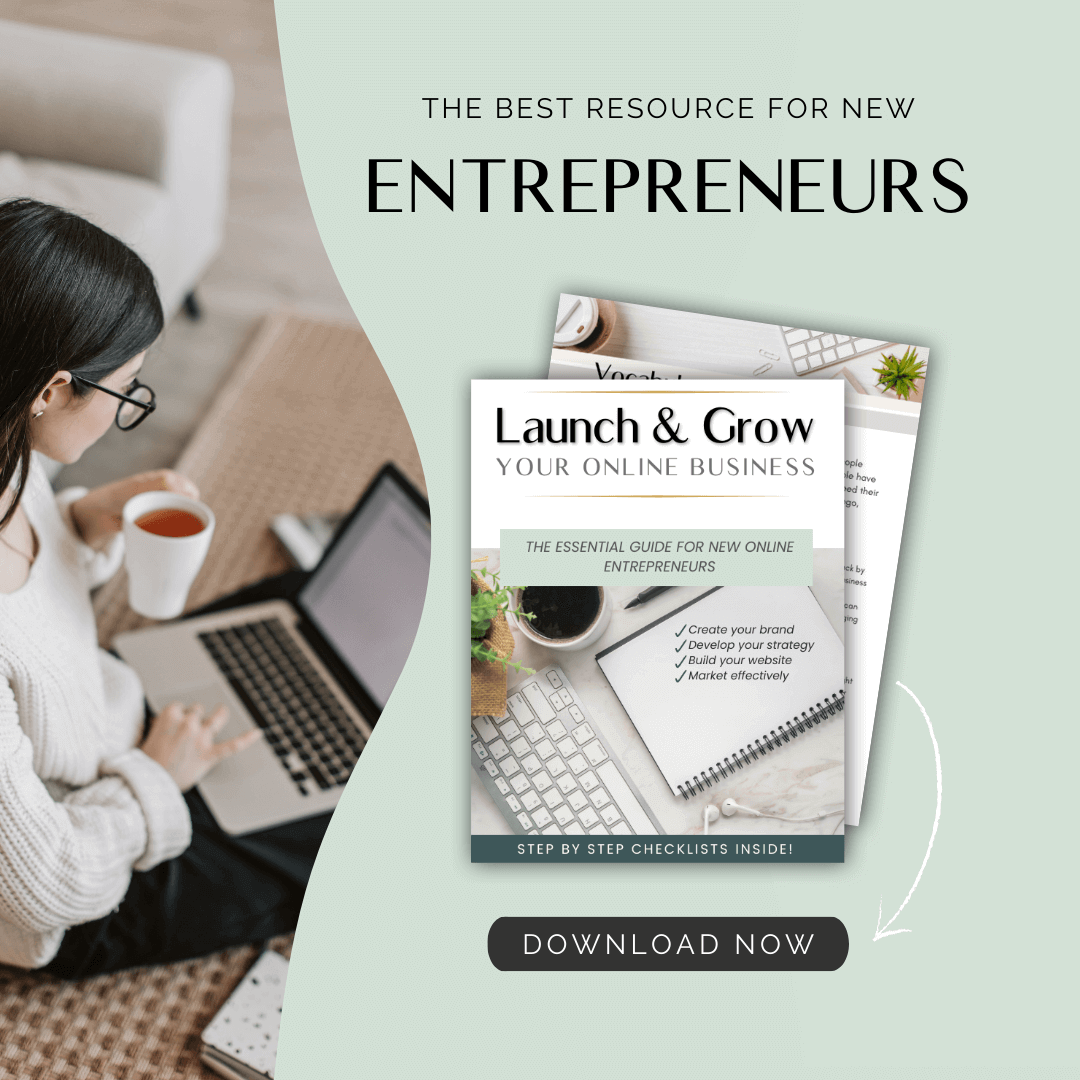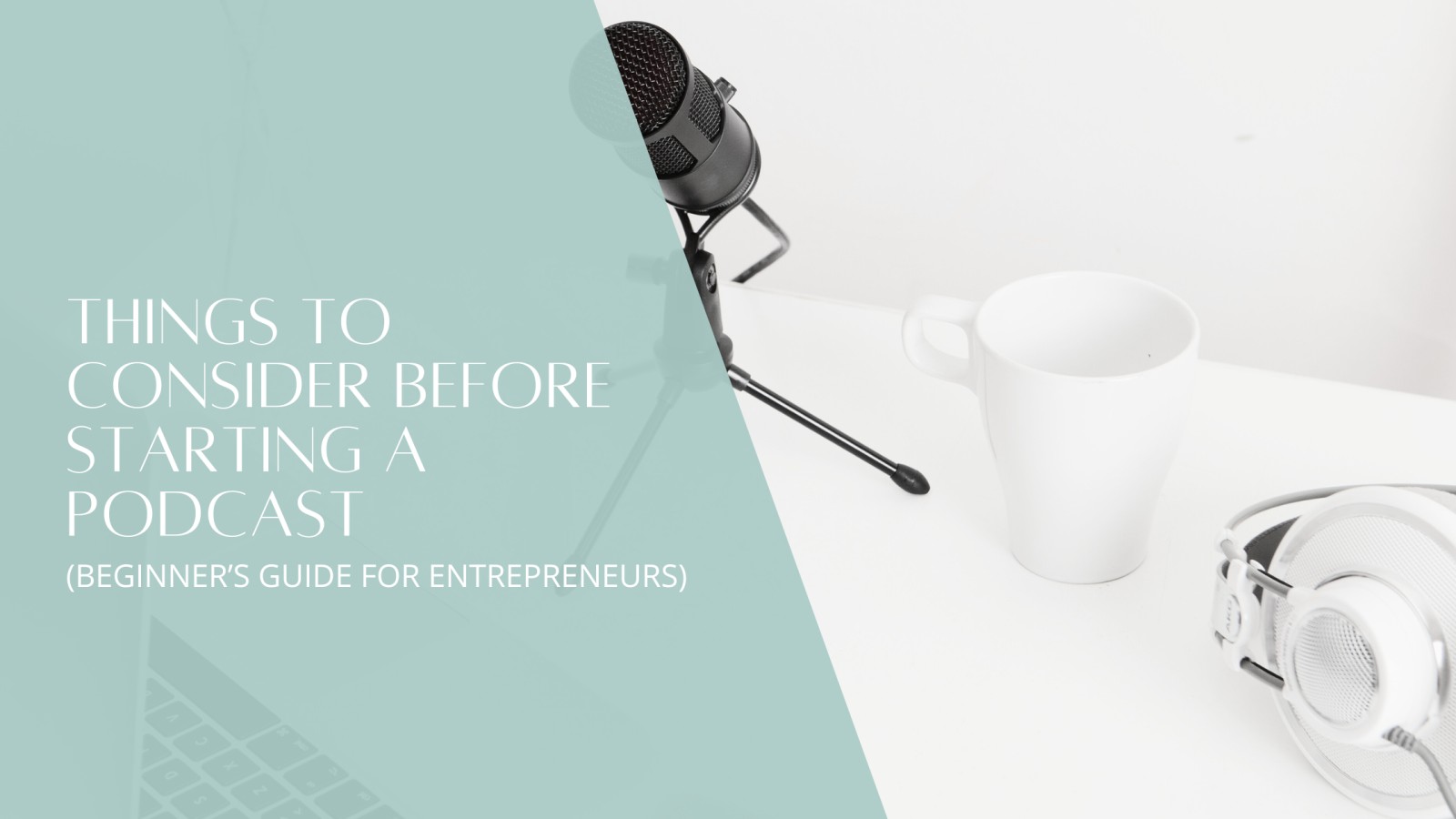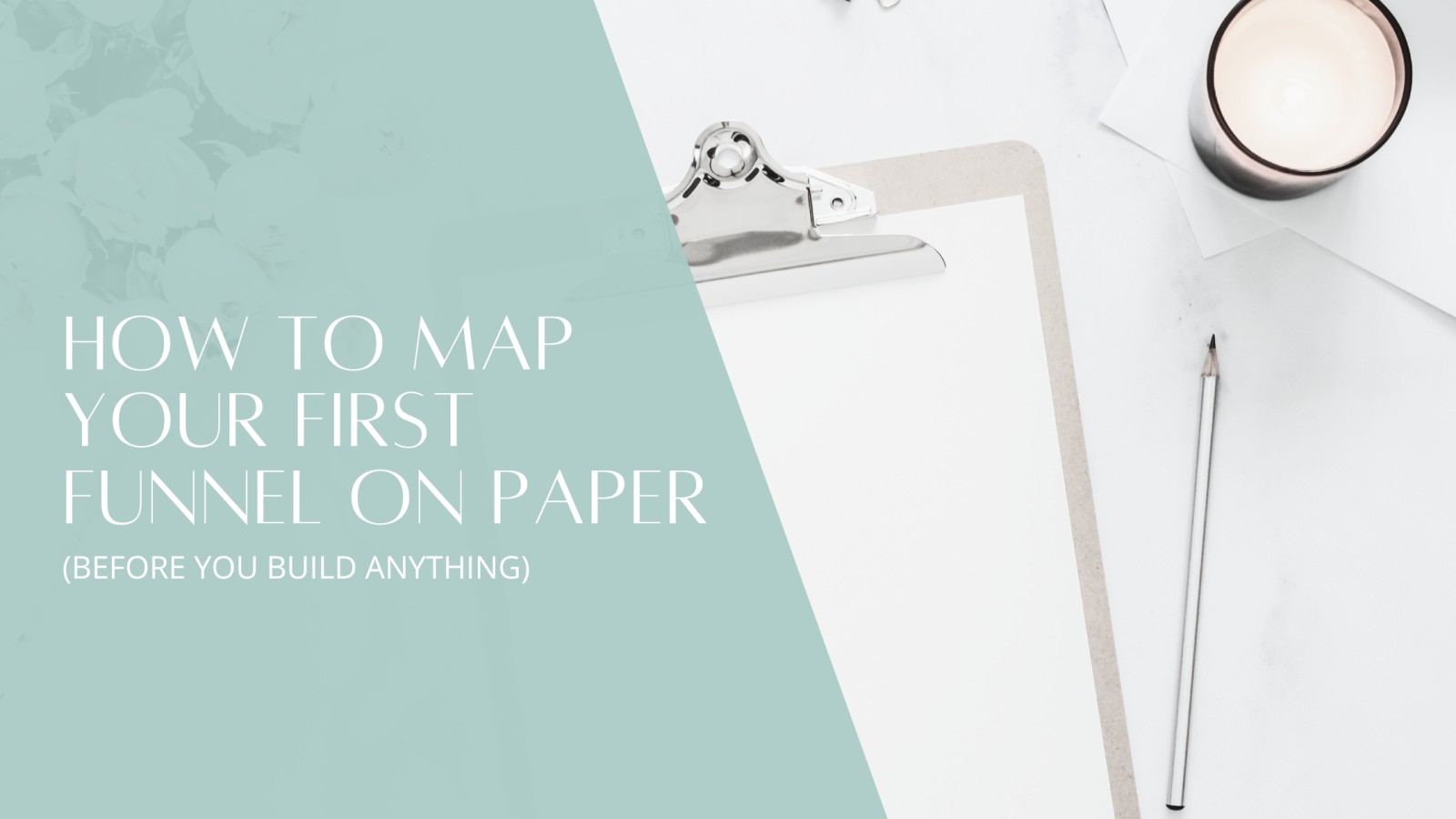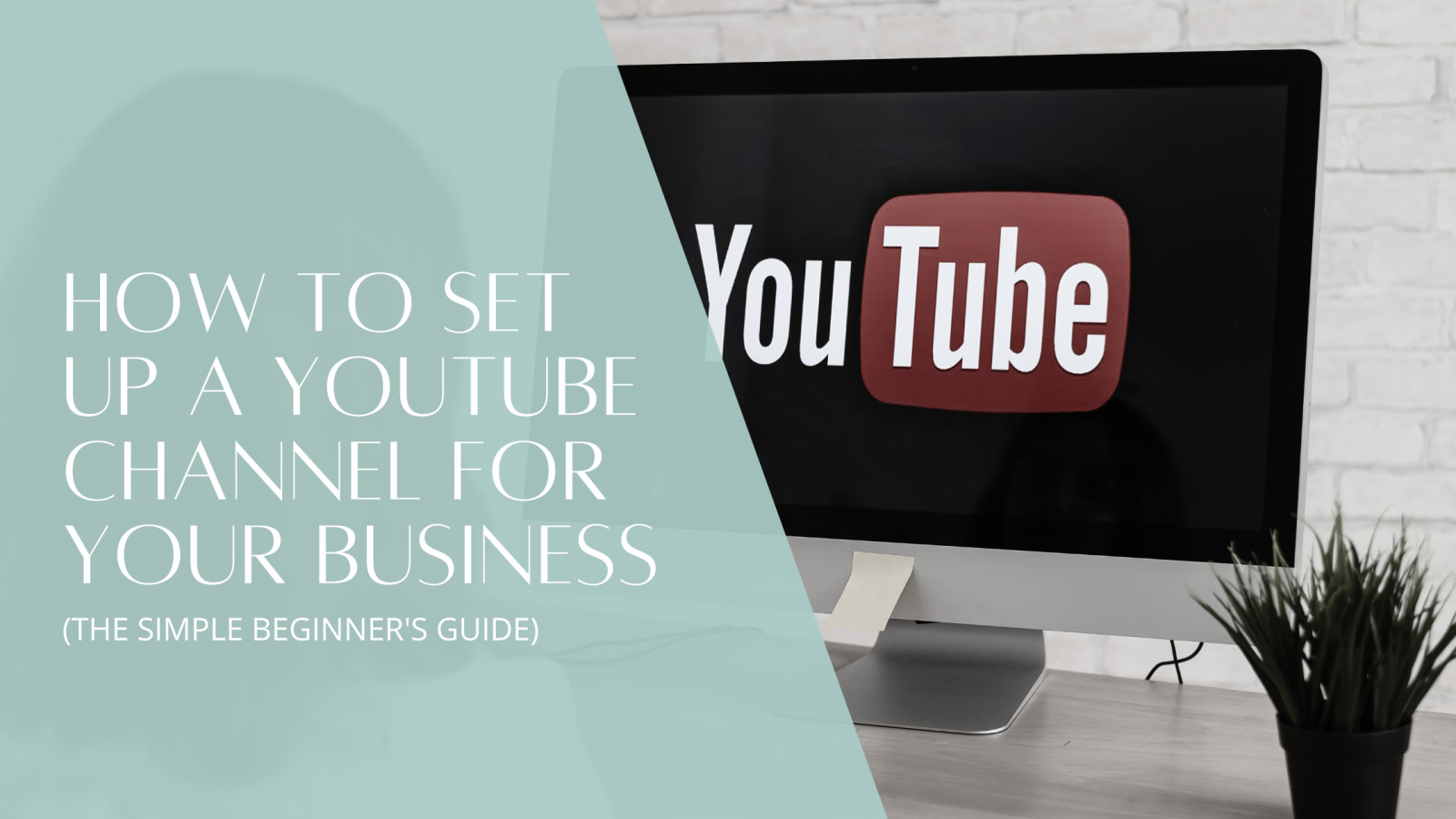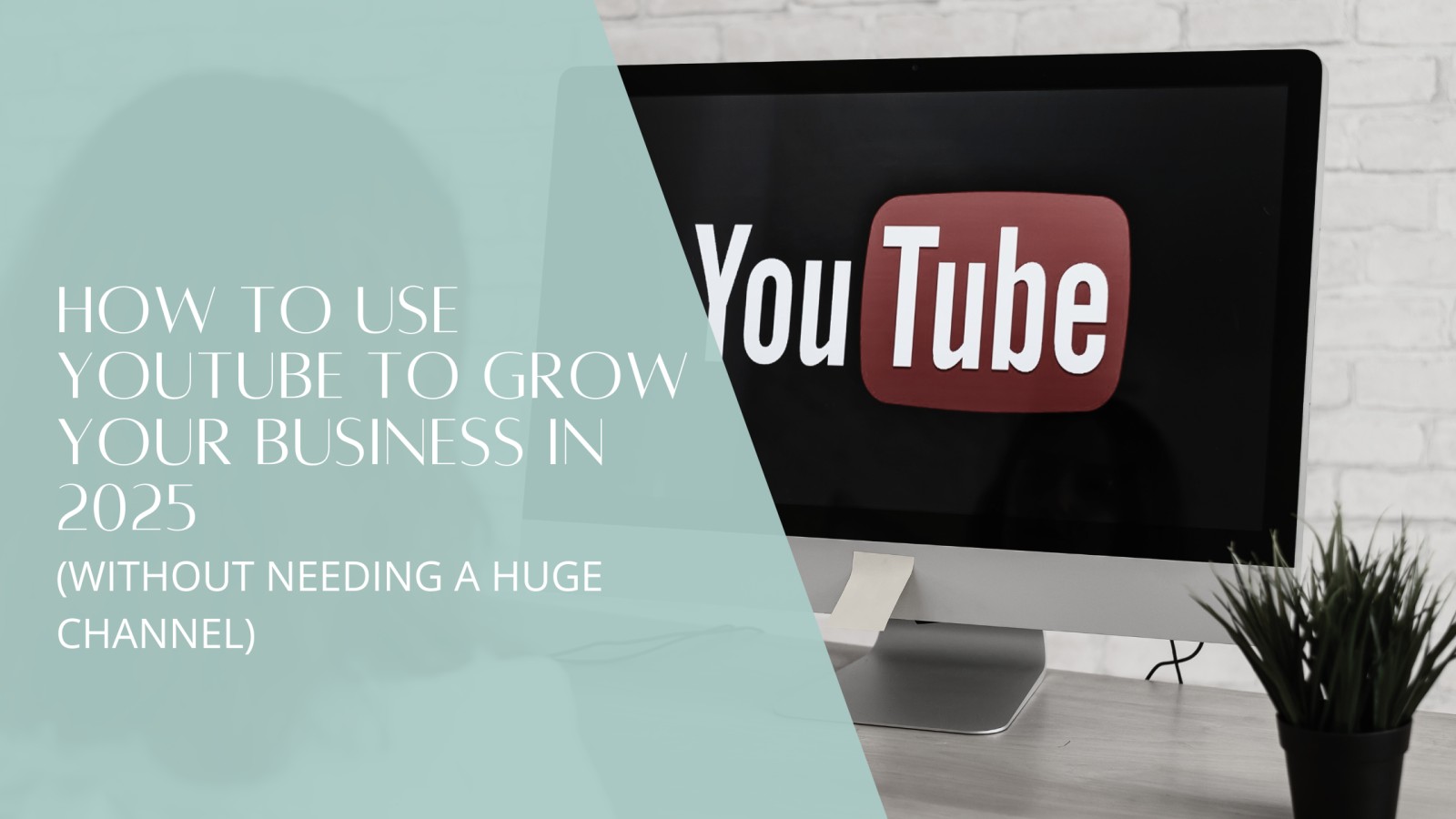
Learn how to use YouTube as a discovery engine for your business. Discover how even small channels can generate big income through offers, funnels, and clarity—not ads or brand deals.
Discover the secrets to launching a successful YouTube channel, even if you're just starting out and feeling unsure about where to begin. Learn how to treat your channel as a powerful tool for building connections, choosing a niche that keeps you inspired, and crafting content that hooks viewers right from the start. With tips on creating eye-catching thumbnails, optimizing titles, and maintaining consistent uploads, you'll uncover strategies to boost visibility and engagement without needing fancy equipment. Dive into this guide to transform your videos into a thriving business asset, and find out how a little patience and smart tweaks can help your channel grow exponentially.
Read more...
Unlock the secrets to creating viral reels with ease, using just the tools you have at your fingertips. Forget about expensive cameras and elaborate setups; all you need is your smartphone, good lighting, and a captivating message. This guide reveals how to master the art of engaging your audience through simple yet powerful strategies, like using strong hooks, keeping videos concise, and harnessing natural light to elevate your content. Discover how to amplify your reach with trending sounds, compelling captions, and genuine personal touches that resonate with viewers. By posting consistently and experimenting with your unique voice, you can transform your reels into share-worthy gems that grow your audience exponentially. Dive in to learn how today's small efforts could lead to tomorrow's viral success.
Read more...
Launching a business can often feel like an overwhelming juggling act, but there’s no need to go it alone. Discover how ChatGPT acts as the ultimate virtual assistant, transforming your entrepreneurial journey by providing invaluable support with brainstorming, writing, and planning. By crafting the perfect prompts, you can unlock its potential to outline email newsletters, draft social media posts, or even map out a 30-day content calendar tailored to your business needs. This crash course reveals 10 essential prompts to streamline your entrepreneurial tasks and enhance your productivity. Dive into this insightful exploration and uncover how these prompts can turn content creation from a chore into a seamless part of your business strategy, allowing you more time to focus on your clients and growth.
Read more...
Discover the power of short, engaging reels to transform your online presence and attract new opportunities for your business. Many entrepreneurs hesitate to dive in, worrying about technical skills or perfect performances, but the truth is, you can create impactful reels with just your phone and a clear message. This guide breaks down the essentials of what reels are and why they're a game-changer for reaching fresh audiences. Learn simple strategies to craft content that resonates, from choosing topics that solve real problems to using attention-grabbing hooks. Dive into this step-by-step approach to start building momentum and growing your reach today—your business could see exciting results with consistent effort.
Read more...
Wondering where clients come from as a new coach or service provider? Learn simple, beginner-friendly ways to find and attract your first paying clients.
Embarking on a new business journey can feel both exhilarating and daunting, especially when faced with the burning question of where to find those elusive first clients. Fortunately, the path to acquiring clients is more straightforward than you might expect and doesn’t necessitate a hefty budget or advanced tech skills. This insightful blog post unveils the essential steps to discovering clients by tapping into your existing network, leveraging the power of social media, and cultivating genuine connections through content and collaborations. Dive into practical, easy-to-follow advice on the art of networking and how consistency can transform your business landscape. Whether you're a budding coach or service provider, these strategies will open doors to opportunities that can turn your passion into a thriving venture.
Read more...